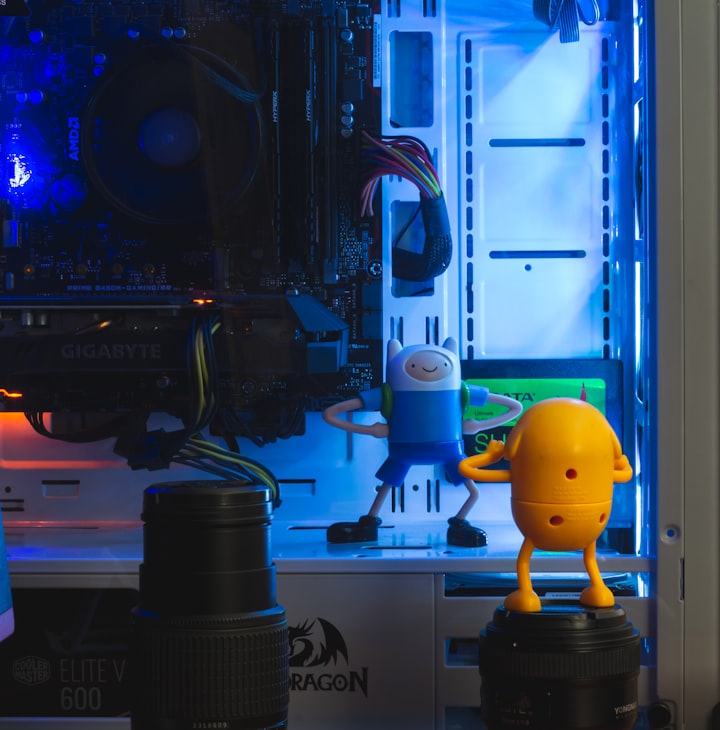
Thinking fast and slow is a concept introduced by Nobel Prize-winning psychologist Daniel Kahneman in his book of the same name. It describes the two distinct modes of thinking that we use in our everyday lives, which he calls System 1 and System 2. System 1 thinking is fast and intuitive, while System 2 thinking is slow and deliberate. Understanding these two modes of thinking can help us make better decisions and avoid common cognitive biases.
System 1 thinking is the intuitive, automatic, and effortless mode of thinking that we use for most of our daily activities. It operates quickly and often without our conscious awareness, relying on heuristics or mental shortcuts to process information. This type of thinking is responsible for our ability to recognize faces, read words, and navigate our environment without consciously thinking about it. It is also the type of thinking that makes us jump to conclusions and react emotionally to situations.
System 2 thinking, on the other hand, is the deliberate, slow, and effortful mode of thinking that we use when we need to analyze information, solve complex problems, and make decisions. This type of thinking requires conscious effort and attention, and it is slower and more demanding than System 1 thinking. It is the type of thinking that enables us to reason, plan, and learn from experience.
While System 1 thinking is fast and efficient, it is also prone to errors and biases. Because it relies on heuristics and mental shortcuts, it can lead us to make snap judgments and overlook important information. For example, we may automatically assume that someone who looks confident is competent, or we may jump to conclusions based on a single piece of information without considering the larger context. These errors in judgment can lead to poor decision-making and missed opportunities.
System 2 thinking, on the other hand, is slower and more deliberate, but it is also more accurate and less prone to biases. Because it requires conscious effort and attention, it allows us to weigh the evidence and consider alternative perspectives. It also enables us to override our automatic responses and make more rational decisions.
One of the key insights of thinking fast and slow is that our thinking is often influenced by cognitive biases, or systematic errors in judgment that result from our reliance on mental shortcuts. Kahneman and his colleague Amos Tversky identified many different types of biases, such as the availability heuristic, which causes us to overestimate the likelihood of events that are more easily recalled from memory, and the confirmation bias, which causes us to seek out information that confirms our preexisting beliefs and ignore information that contradicts them.
Understanding these biases is important because they can lead us to make poor decisions and miss opportunities. For example, if we are overly influenced by the availability heuristic, we may be more likely to make decisions based on sensational or dramatic events, rather than on more mundane but statistically more likely events. This can lead us to overestimate the risks of certain activities or underestimate the risks of others.
Another important insight from thinking fast and slow is that our thinking is influenced by our emotions. Kahneman argues that our emotions play a critical role in our decision-making, often shaping our perceptions of risk and reward. For example, we may be more likely to take risks when we are feeling positive emotions, such as excitement or enthusiasm, and less likely to take risks when we are feeling negative emotions, such as fear or anxiety.
While emotions can be a powerful tool for decision-making, they can also lead us astray if we rely too heavily on them. For example, if we are overly optimistic about the outcome of a particular decision, we may ignore warning signs and overlook potential problems. Similarly, if we are overly pessimistic, we may miss opportunities and fail to take appropriate risks.
In conclusion, thinking fast and slow is a powerful framework for understanding how we think






Comments
There are no comments for this story
Be the first to respond and start the conversation.